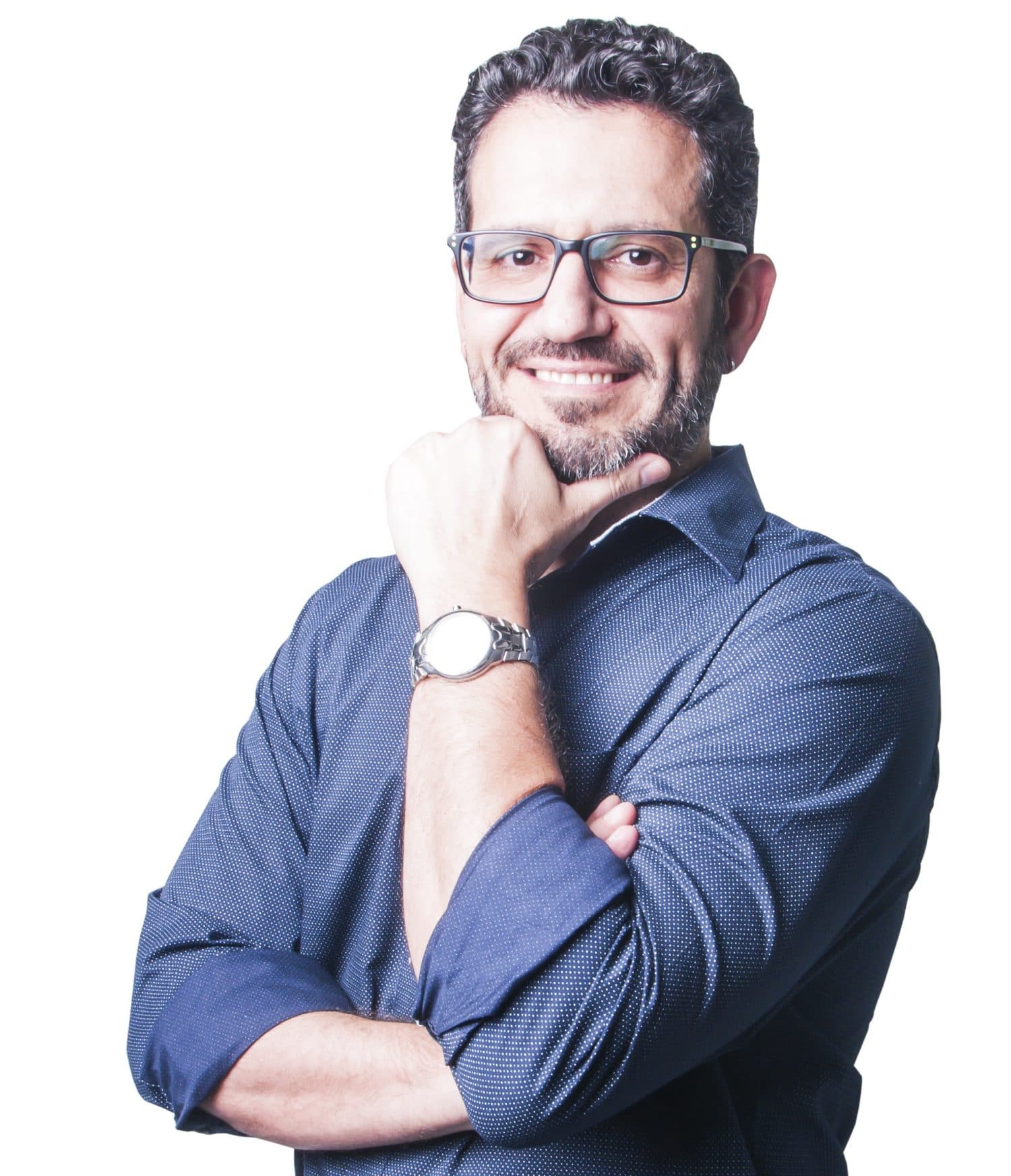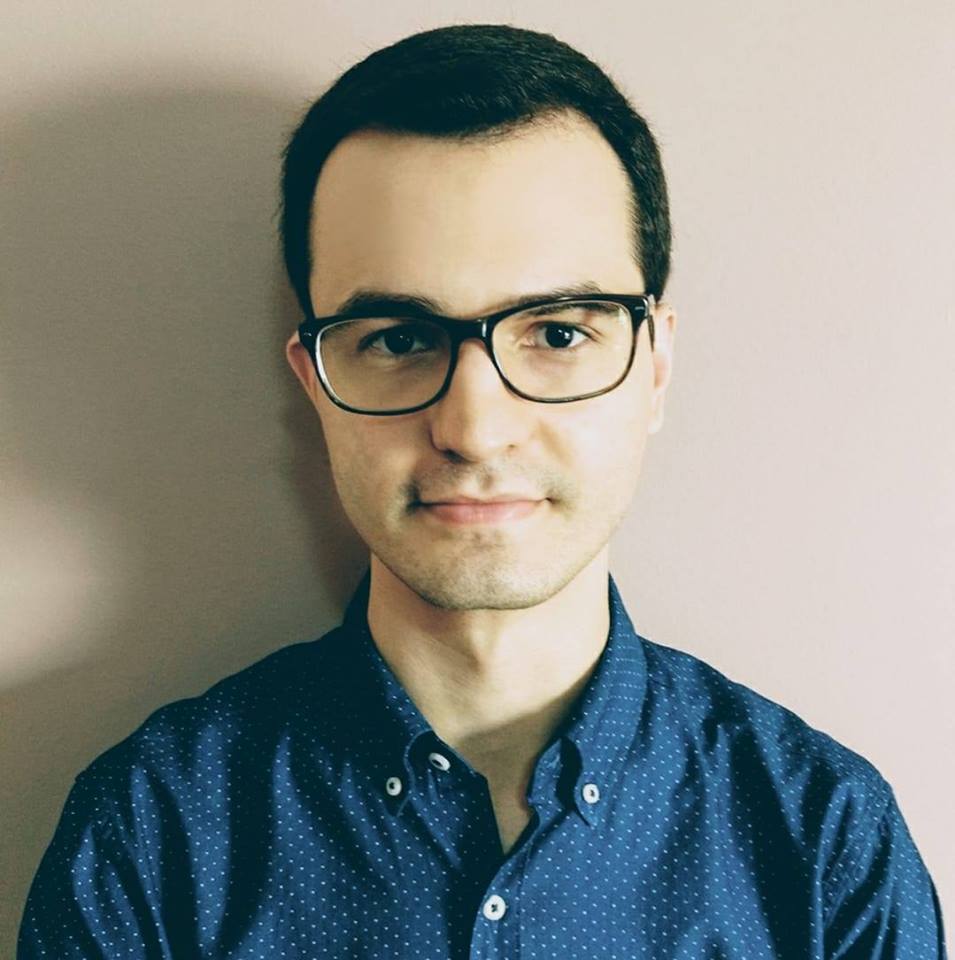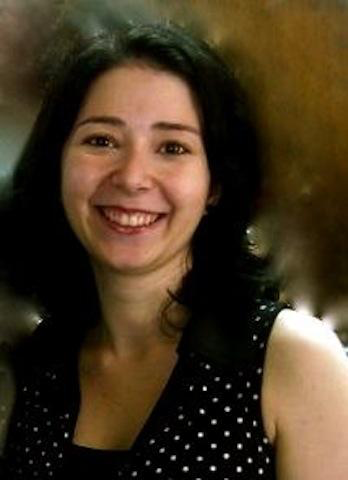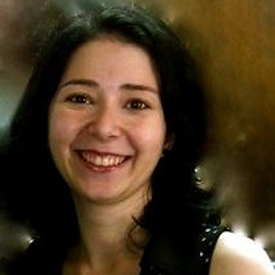The best bilingual we can be – Part 1
It often strikes me when there is a very emotional talk about bilingual education here in Brazil and we tend to criticise what we have been doing here compared to what is being done elsewhere in the world. My opinion is clear: adopting an international bilingual education model “as is” here in Brazil is not scalable and also not effective. That being said, it is obvious that international schools and bilingual schools that adopt some sort of international curriculum can and are very succesful most of the times – but as I said, this is the type of bilingual education that is not scalable. It works in micro environments for very priviledged families, but it does not work for the great audience, for the majority of our population, for thousands of schools and millions of students all across our country. Those types of schools do not transform a whole country, and we desperately need transformation. But is there a way of taking bilingual education to the masses?
Yes, there is. As a matter of fact, there are many ways of making bilingual education feasible to the majority of schools. But to make it happen there is one attitude that is fundamental and comes before anything else: we need to understand our actual culture. That is, our educational, economical, political, ideological and social scenario and how bilingual education will impact it all. Once we draw and understand this scenario we have to be able to ADAPT.
For instance, it is obvious that we need language proficient teachers to teach in a bilingual education environment. The minimum internationally accepted proficiency level for a language teacher is B2 from CEFR. But is it realistic in our Brazilian context? Not quite. So we sit down, give up and cry? NO!
We need to work with what we have gotten. We need to develop those teachers that are under that level, so with time they can reach that goal. And in the meantime we will help them survive by teaching them strategies that could help them minimize the gap in class. So yes, a very consistent and realistic teacher development program is a critical success factor if we aim at scaling bilingual education in Brazil.
There is no transformation, no real change, without massive and broad impact. Bilingual education in Brazil is possible, providing that we understand ourselves so we can adapt international models to our own culture.
More about it in the next articles.





